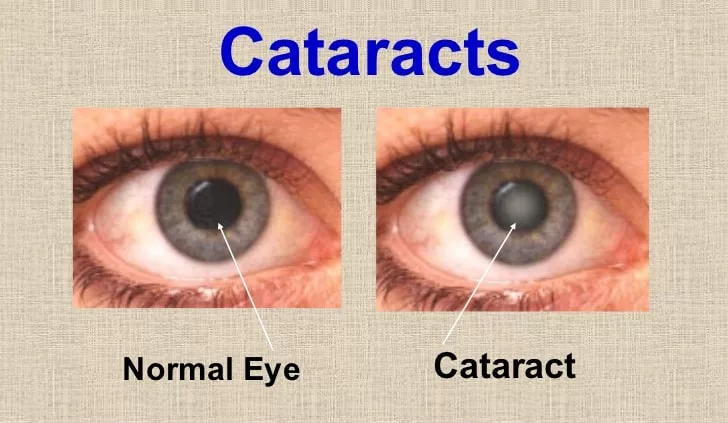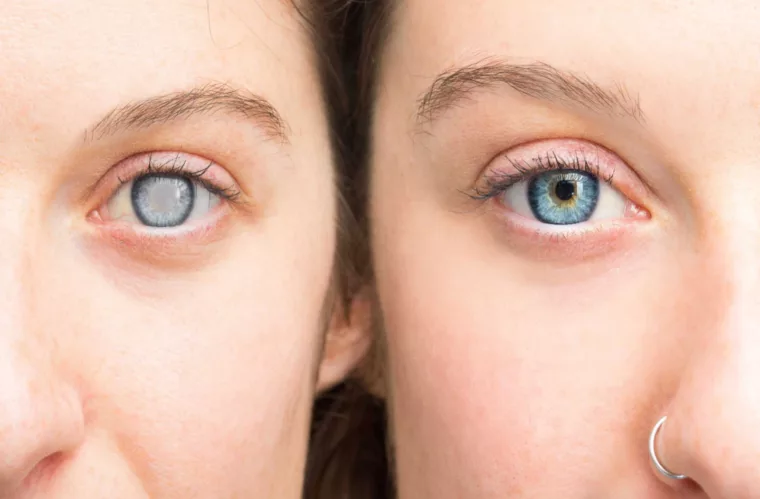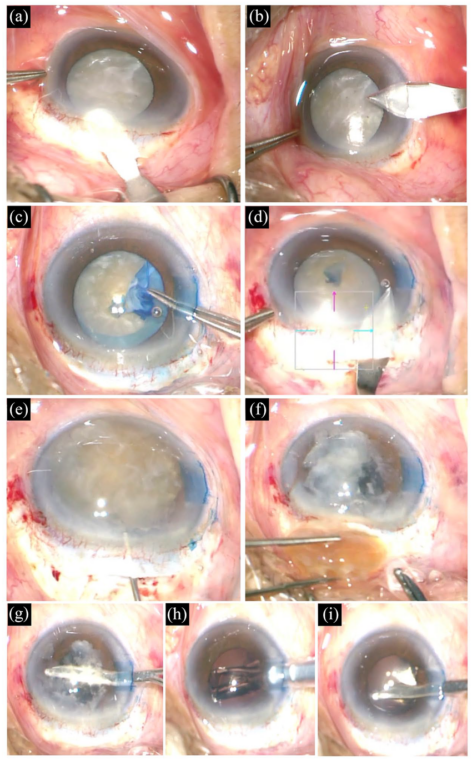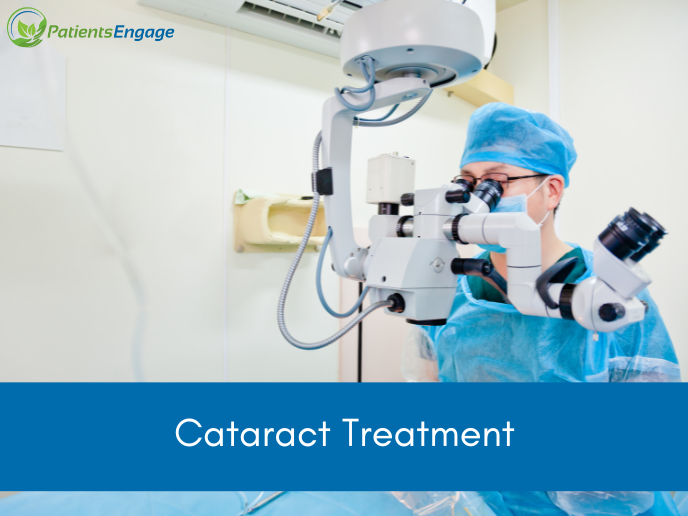Hello. Today, I would like to talk about cataracts. Cataracts are an eye disease and are one of the diseases that occur frequently as we age. Today, we will take a closer look at the causes and treatments of cataracts, a topic of interest to many! Let’s learn about it together.
Basic Understanding of Cataracts: Definition and Mechanism of Occurrence
Cataracts are a condition where the proteins that make up the lens of the eye become opaque, preventing light from entering the eye properly and potentially leading to vision impairment. Cataracts primarily occur due to aging, but congenital factors or external factors can also cause them.
Major Causes of Cataracts
Cataracts can be caused by various factors. The most common cause is the natural process associated with aging, which leads to changes in the protein structure inside the lens and the creation of opaque pigments. Other causes can include:
- Genetic factors: A family history can increase the risk of developing cataracts.
- Trauma: Cataracts can occur after an eye injury or after eye surgery.
- Diabetes: Patients with diabetes may have a higher risk of developing cataracts.
- Long-term habits: Smoking and excessive alcohol consumption can increase the risk of cataracts.
Symptoms and Signs in the Early Stages
In the early stages of cataracts, symptoms can be minimal. However, as it progresses, vision degradation, blurred vision, sensitivity to light, and changes in color perception can occur. These symptoms can cause inconvenience in daily life, and if not detected and treated early, vision loss can continue to progress.
Diagnosis of Cataracts: Necessary Examinations and Procedures
The diagnosis of cataracts is made by an ophthalmologist. Main tests include fundus fluorescein angiography, intraocular pressure measurement, and fundus mirror examination. Through these tests, the exact diagnosis and extent of the cataracts can be determined. Also, the ophthalmologist can diagnose by listening to the patient’s symptoms and combining the test results.
Various Types of Cataracts and Their Differences
Cataracts can be classified into various types. The most common type is age-related cataracts, which occur due to aging. Other types include congenital cataracts, traumatic cataracts, and cataracts due to previous surgery. Each type has different causes and characteristics, playing an important role in selecting the appropriate treatment strategy.
Modern Medicine’s Treatment Strategies for Cataracts
The treatment strategies for cataracts mainly include surgical and non-surgical approaches. Surgical treatment is primarily chosen in cases where the cataracts are severe or cause significant inconvenience in daily life. The main surgical method is lens replacement surgery, where the opaque lens is removed and replaced with an artificial lens.
Surgical Treatment: Methods and Expected Outcomes
Surgical treatment can provide cataract patients with improved vision and convenience in daily activities. After surgery, vision is restored, and the patient can engage in various activities. However, surgery can lead to complications in some patients, so it is important to consult with a doctor considering safety and efficacy.
Non-surgical Treatment Options and Supportive Approaches
In the early stages of cataracts or for some patients, non-surgical treatments may be chosen. These treatment options include vision correction through glasses or contact lenses, use of intraocular pressure control medications, and dietary measures. Additionally, supportive approaches such as eye exercises and ocular gymnastics can help strengthen eye muscles and improve vision.
Prevention of Cataracts: Is It Possible, How?
Preventing cataracts mainly involves maintaining healthy lifestyle habits and regular ophthalmological examinations. In particular, the following measures can be taken to prevent cataracts:
- Stop smoking and avoid excessive alcohol consumption.
- Take appropriate safety measures to prevent trauma.
- For those with diabetes, manage blood sugar levels carefully.
- Receive regular ophthalmological examinations to detect early signs of cataracts.
Management and Recovery Process After Cataract Treatment
After cataract treatment, certain management and recovery processes are necessary. Following surgery, it is important to follow the doctor’s instructions for medication intake, eye care, and eye exercises. Also, receiving regular check-ups to monitor vision changes or complications is crucial. Continuous management and care are needed even after treatment, and through this, optimal recovery can be achieved.
Cataracts are a condition that, if detected and treated timely, can prevent and improve vision loss. Therefore, it is important to maintain regular ophthalmological examinations and healthy lifestyle habits. A clear understanding of cataracts and appropriate treatment can help maintain and improve eye health.






Leave a Reply